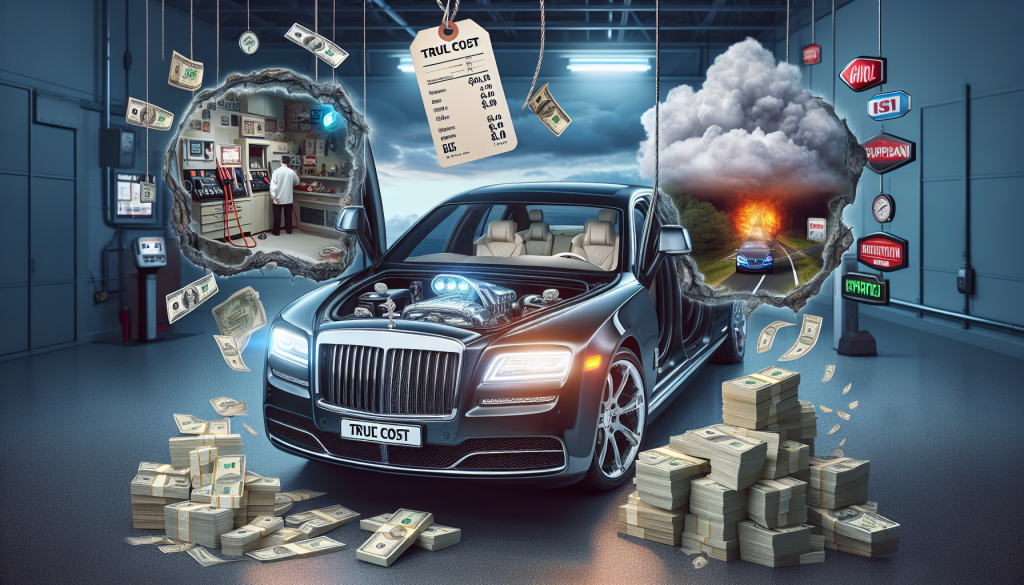
The True Cost of Luxury: What They Don’t Tell You About Premium Cars
When you think of luxury cars, you might imagine sleek designs, powerful engines, and top-of-the-line features. And while these attributes certainly contribute to their allure, there is another cost of luxury that often goes overlooked. The true cost of owning a premium car goes far beyond the initial purchase price, and it’s something that car manufacturers don’t always tell you. In this article, we’ll uncover the hidden costs associated with luxury cars and why they may not be as “premium” as you think.
Heading:
The Hidden Costs of Luxury Cars: What They Don’t Tell You
The Initial Purchase Price
It’s no secret that luxury cars come with a hefty price tag. In fact, the average cost of a luxury car in the United States is around $50,000. This may seem like a small price to pay for the prestige and glamour associated with these cars, but it’s important to remember that this is just the beginning of the true cost of luxury.
Maintenance and Repairs
Luxury cars are often equipped with advanced technology and complex systems that require specialized maintenance. This means that routine services and repairs can be much more expensive than those for a regular car. Not to mention, the parts for luxury cars are often more costly as well. For example, a simple oil change for a luxury car can cost upwards of $200, while the same service for a non-luxury car may only be $50.
In addition, luxury cars often have shorter warranty periods compared to traditional cars. This means that any repairs that are needed outside of the warranty period will come out of your pocket. And with luxury cars, it’s not uncommon for these repairs to be quite costly.
Depreciation
Another thing that luxury car manufacturers don’t always mention is the rapid depreciation of these vehicles. Unlike regular cars that can maintain their value over time, luxury cars can lose a significant portion of their value in just a few years. In fact, it’s not uncommon for a luxury car to lose up to 40% of its value within the first three years of ownership.
This means that if you decide to sell your luxury car after a few years, you may not be able to recoup the amount you initially paid for it. And this can make upgrading to a newer model or switching to a different type of car a costly endeavor.
Insurance and Fuel Costs
With luxury cars often comes higher insurance rates. This is due to the fact that these cars typically have a higher replacement cost and require more expensive repairs. So, not only do you have to pay more for the car itself, but you also have to pay more to insure it.
In addition, luxury cars are not known for their fuel efficiency. The more powerful the engine, the more fuel it consumes. This means that you’ll likely be visiting the gas station more frequently, which can add up over time.
Heading:
Is Luxury Worth the Cost?
It’s important to remember that the true cost of luxury cars goes far beyond the initial purchase price. With higher maintenance and repair costs, rapid depreciation, and increased insurance and fuel expenses, owning a luxury car can quickly become a financial burden.
Of course, for some, the prestige and status that comes with owning a luxury car may be worth the cost. But it’s important to be aware of these hidden costs and consider if the extra expense is truly worth it in the long run.
Heading:
In Conclusion
While luxury cars may seem luxurious and desirable, there is much more to the story. The true cost of ownership goes beyond the initial purchase price and can quickly add up over time. From expensive maintenance and repairs to rapid depreciation and high insurance and fuel costs, owning a luxury car may not be as glamorous as it appears. So, before you make your next car purchase, make sure to consider the true cost of luxury and if it fits within your budget and lifestyle.
